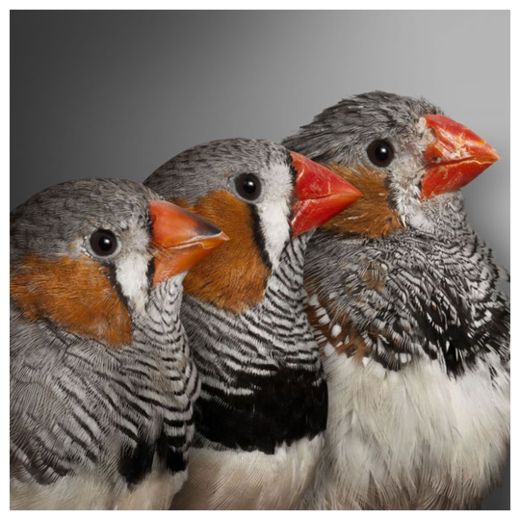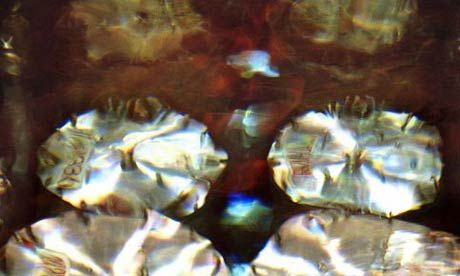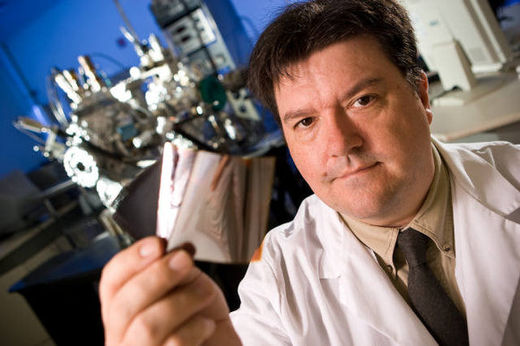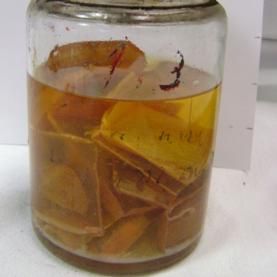
© Paul JeremYoung, middle-aged and old zebra finches, showing obvious age-related changes in coloration and condition. Scientists have found that the length of segments on the end of chromosomes during early life was predictive of how long the finches would live.
The signs of aging show up in our genes as the protective caps on the ends of packets of our DNA, called chromosomes, gradually wear away over time.
Now, scientists have found that the length of these caps, called telomeres, measured early in life can predict life span.
Using 99
zebra finches, a small bird also popular as a pet, a team of researchers in the United Kingdom measured the lengths of the telomeres found in the birds' red blood cells over the course of their lives.
They found the length of the telomeres at the first measurement, made 25 days after the birds hatched, was the strongest predictor of how long the birds actually lived.
In addition, the birds with the longest telomeres early in life, and throughout the study, were the ones most likely to live into old age, up to 8.7 years old - a "ripe old age" for a finch, said study researcher Britt Heidinger, a postdoctoral researcher at the University of Glasgow.
For relatively long-lived vertebrates, such as zebra finches and humans, aging and telomere loss appear to go hand-in-hand. And while it seems reasonable that telomere length early on could predict
life span in humans, too, it's not yet certain, since no similar study has been completed in humans, according to Heidinger.






Comment: For more information on the importance of getting adequate sleep and ways to help see:
Dying to Sleep
The Link Between Sleep and Memory
Lack of Sleep Linked to Childhood Obesity
Meditation Helps Treat Insomnia